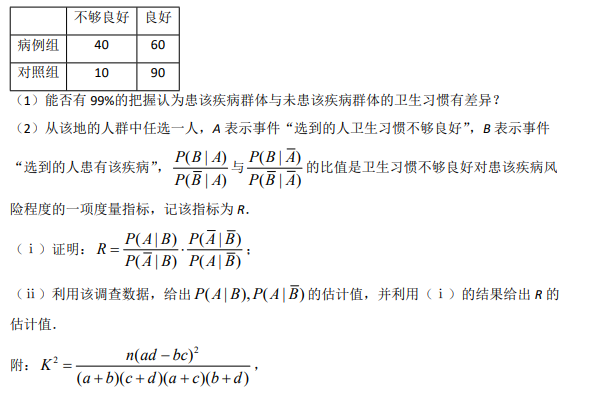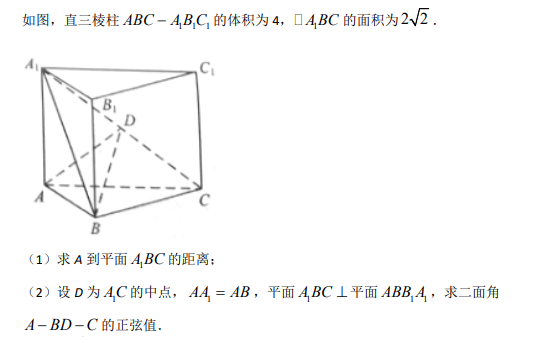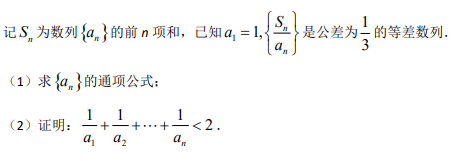Like most of us, I try to be mindful of food that goes to waste. The arugula(芝麻菜)was to make a nice green salad, rounding out a roast chicken dinner. But I ended up working late. Then friends called with a dinner invitation. I stuck the chicken in the freezer. But as days passed, the arugula went bad. Even worse, I had unthinkingly bought way too much; I could have made six salads with what I threw out.
In a world where nearly 800 million people a year go hungry, "food waste goes against the moral grain," as Elizabeth Royte writes in this month's cover story. It's jaw-dropping how much perfectly good food is thrown away—from “ugly"(but quite eatable)vegetables rejected by grocers to large amounts of uneaten dishes thrown into restaurant garbage cans.
Producing food that no one eats wastes the water, fuel, and other resources used to grow it.That makes food waste an environmental problem. In fact, Royte writes, "if food waste were a country, it would be the third largest producer of greenhouse gases in the world."
If that's hard to understand, let's keep it as simple as the arugula at the back of my refrigerator.Mike Curtin sees my arugula story all the time — but for him, it's more like 12 bones of donated strawberries nearing their last days.Curtin is CEO of DC Central Kitchen in Washington, D.C.,which recovers food and turns it into healthy meals. Last year it recovered more than 807,500 pounds of food by taking donations and collecting blemished(有瑕疵的)produce that otherwise would have rotted in fields. And the strawberries? Volunteers will wash, cut, and freeze or dry them for use in meals down the road.
Such methods seem obvious, yet so often we just don't think. "Everyone can play a part in reducing waste, whether by not purchasing more food than necessary in your weekly shopping or by asking restaurants to not include the side dish you won't eat," Curtin says.
What does the author want to show by telling the arugula story?
Like most of us, I try to be mindful of food that goes to waste. The arugula(芝麻菜)was to make a nice green salad, rounding out a roast chicken dinner. But I ended up working late. Then friends called with a dinner invitation. I stuck the chicken in the freezer. But as days passed, the arugula went bad. Even worse, I had unthinkingly bought way too much; I could have made six salads with what I threw out.
In a world where nearly 800 million people a year go hungry, "food waste goes against the moral grain," as Elizabeth Royte writes in this month's cover story. It's jaw-dropping how much perfectly good food is thrown away—from “ugly"(but quite eatable)vegetables rejected by grocers to large amounts of uneaten dishes thrown into restaurant garbage cans.
Producing food that no one eats wastes the water, fuel, and other resources used to grow it.That makes food waste an environmental problem. In fact, Royte writes, "if food waste were a country, it would be the third largest producer of greenhouse gases in the world."
If that's hard to understand, let's keep it as simple as the arugula at the back of my refrigerator.Mike Curtin sees my arugula story all the time — but for him, it's more like 12 bones of donated strawberries nearing their last days.Curtin is CEO of DC Central Kitchen in Washington, D.C.,which recovers food and turns it into healthy meals. Last year it recovered more than 807,500 pounds of food by taking donations and collecting blemished(有瑕疵的)produce that otherwise would have rotted in fields. And the strawberries? Volunteers will wash, cut, and freeze or dry them for use in meals down the road.
Such methods seem obvious, yet so often we just don't think. "Everyone can play a part in reducing waste, whether by not purchasing more food than necessary in your weekly shopping or by asking restaurants to not include the side dish you won't eat," Curtin says.
What does the author want to show by telling the arugula story?
A
Grading Policies for Introduction to Literature
Grading Scale
90-100, A; 80-89, B; 70-79, C; 60-69, D; Below 60, E.
Essays(60%)
Your four major essays will combine to form the main part of the grade for this course: Essay
1 =10%; Essay 2=15%; Essay 3=15%; Essay 4=20%
Group Assignments(30%)
Students will work in groups to complete four assignments(作业)during the course. All the
assignments will be submitted by the assigned date through Blackboard, our online learning and
course management system.
Daily Work/In-Class Writings and Tests/Group Work/Homework(10%)
Class activities will vary from day to day, but students must be ready to complete short in-class
writings or tests drawn directly from assigned readings or notes from the previous class'
lecture/discussion, so it is important to take careful notes during class. Additionally, from time to
time I will assign group work to be completed in class or short assignments to be completed at home,
both of which will be graded.
Late Work
An essay not submitted in class on the due date will lose a letter grade for each class period it
is late. If it is not turned in by the 4th day after the due date, it will earn a zero. Daily assignments
not completed during class will get a zero. Short writings missed as a result of an excused absence
will be accepted.
What will happen if you submit an essay one week after the due date?
A
Grading Policies for Introduction to Literature
Grading Scale
90-100, A; 80-89, B; 70-79, C; 60-69, D; Below 60, E.
Essays(60%)
Your four major essays will combine to form the main part of the grade for this course: Essay
1 =10%; Essay 2=15%; Essay 3=15%; Essay 4=20%
Group Assignments(30%)
Students will work in groups to complete four assignments(作业)during the course. All the
assignments will be submitted by the assigned date through Blackboard, our online learning and
course management system.
Daily Work/In-Class Writings and Tests/Group Work/Homework(10%)
Class activities will vary from day to day, but students must be ready to complete short in-class
writings or tests drawn directly from assigned readings or notes from the previous class'
lecture/discussion, so it is important to take careful notes during class. Additionally, from time to
time I will assign group work to be completed in class or short assignments to be completed at home,
both of which will be graded.
Late Work
An essay not submitted in class on the due date will lose a letter grade for each class period it
is late. If it is not turned in by the 4th day after the due date, it will earn a zero. Daily assignments
not completed during class will get a zero. Short writings missed as a result of an excused absence
will be accepted.
How many parts is a student's final grade made up of?
A
Grading Policies for Introduction to Literature
Grading Scale
90-100, A; 80-89, B; 70-79, C; 60-69, D; Below 60, E.
Essays(60%)
Your four major essays will combine to form the main part of the grade for this course: Essay
1 =10%; Essay 2=15%; Essay 3=15%; Essay 4=20%
Group Assignments(30%)
Students will work in groups to complete four assignments(作业)during the course. All the
assignments will be submitted by the assigned date through Blackboard, our online learning and
course management system.
Daily Work/In-Class Writings and Tests/Group Work/Homework(10%)
Class activities will vary from day to day, but students must be ready to complete short in-class
writings or tests drawn directly from assigned readings or notes from the previous class'
lecture/discussion, so it is important to take careful notes during class. Additionally, from time to
time I will assign group work to be completed in class or short assignments to be completed at home,
both of which will be graded.
Late Work
An essay not submitted in class on the due date will lose a letter grade for each class period it
is late. If it is not turned in by the 4th day after the due date, it will earn a zero. Daily assignments
not completed during class will get a zero. Short writings missed as a result of an excused absence
will be accepted.
Where is this text probably taken from?


一医疗团队为研究某地的一种地方性疾病与当地居民的卫生习惯(卫生习惯分为良好和不够良好两类)的关系,在已患该疾病的病例中随机调查了 100 例(称为病例组),同时在未患该疾病的人群中随机调查了 100 人(称为对照组),得到如下数据:





